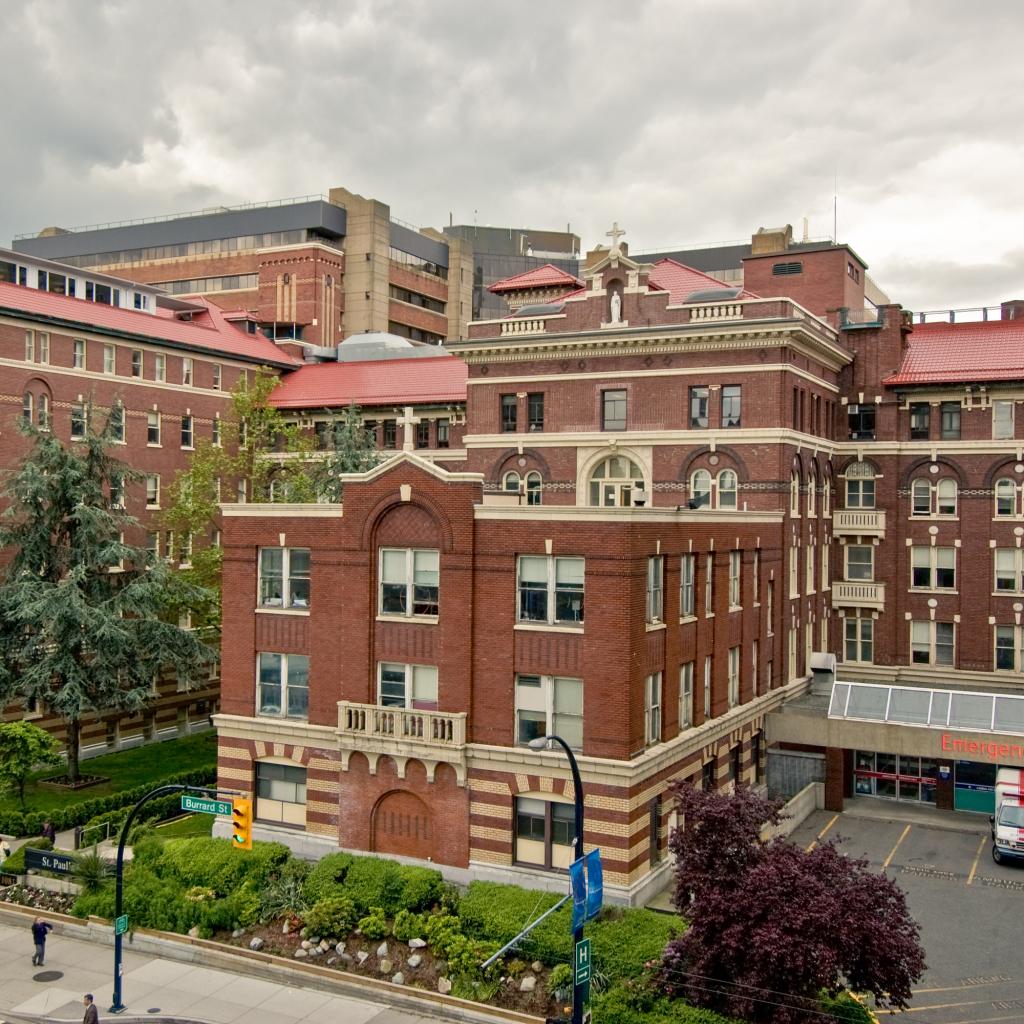Hemodialysis
- 1081 Burrard Street Vancouver, BC, V6Z 1Y6 Get directions
-
Phone: 604-806-8453Fax: 604-806-8449

During your visit
When you arrive, wait in the waiting area until we come and get you. When it is your turn, we bring you to your hemodialysis station.
- Tell us if you have seen any doctors or had to stay in the hospital since your last treatment.
- Tell us if you do not feel well before we connect you to the hemodialysis machine. The nurse will do a detailed check of your health.
- Weigh yourself before and after your treatment. Remember to wear the same clothes and weigh on the same scale. Write down your weight and give it to your nurse.
- Collect what you need before you settle into your chair.
- Wash your hands with soap for at least 45 seconds.
Before your treatment begins, we may do some blood tests and take swabs for infection, if needed.
To begin hemodialysis, we insert two needles into your fistula or graft. One needle takes the blood out of your body and the other returns the cleaned blood to your body. You should not feel any pain once the needles are in place. Tell your nurse if you do have pain or discomfort during your treatment.
To keep your fistula or graft working properly, we place the needles into different parts of the fistula or graft with each treatment.
During hemodialysis, only about 1 cup or 250 mL of blood is outside the body at any time. You do not feel the blood moving out and back into your body.
You could get a low blood pressure during hemodialysis. If you feel unwell, please let your nurse and your doctor know right away.
When your hemodialysis is finished, your nurse removes the needles. To stop bleeding following your treatment, the needle sites must have pressure on them for at least ten minutes. We teach you how to hold pressure over the needle site. We encourage you to hold your needle site rather than use a tourniquet or other device because it is safer.
Before you leave the clinic:
- We check your temperature, heart rate, and blood pressure. We check your heart rate and blood pressure while you are lying down and then when you are standing.
- We make sure your fistula or graft is still working. We teach you how to do this.
- Weigh yourself again.
- Always wash your hands with soap. This helps stop the spread of any germs you might have contacted during the treatment.
- Clear your table of all personal items.
- Carry some packets of gauze with you in case your needle site starts to bleed after you leave the unit.
Have someone drive you home after the first few treatments. You might be very tired after hemodialysis, so it is safer if someone drives you.
Meet the team
The Renal Program at Providence is home to many specialized health professionals. They provide expert, compassionate care to people with kidney disease.
Our goal is to provide quality care while recognizing the individual’s needs. We support patients and their families as they learn to cope with kidney disease.
Currently, our program employs 13 nephrologists (kidney specialists) and approximately 350 staff members. This includes nurses (RPNs and LPNs), renal technicians, biomedical engineering technologists, dietitians, physiotherapists, social workers, pharmacists and administrative/program staff.
Last reviewed: November 14, 2025
